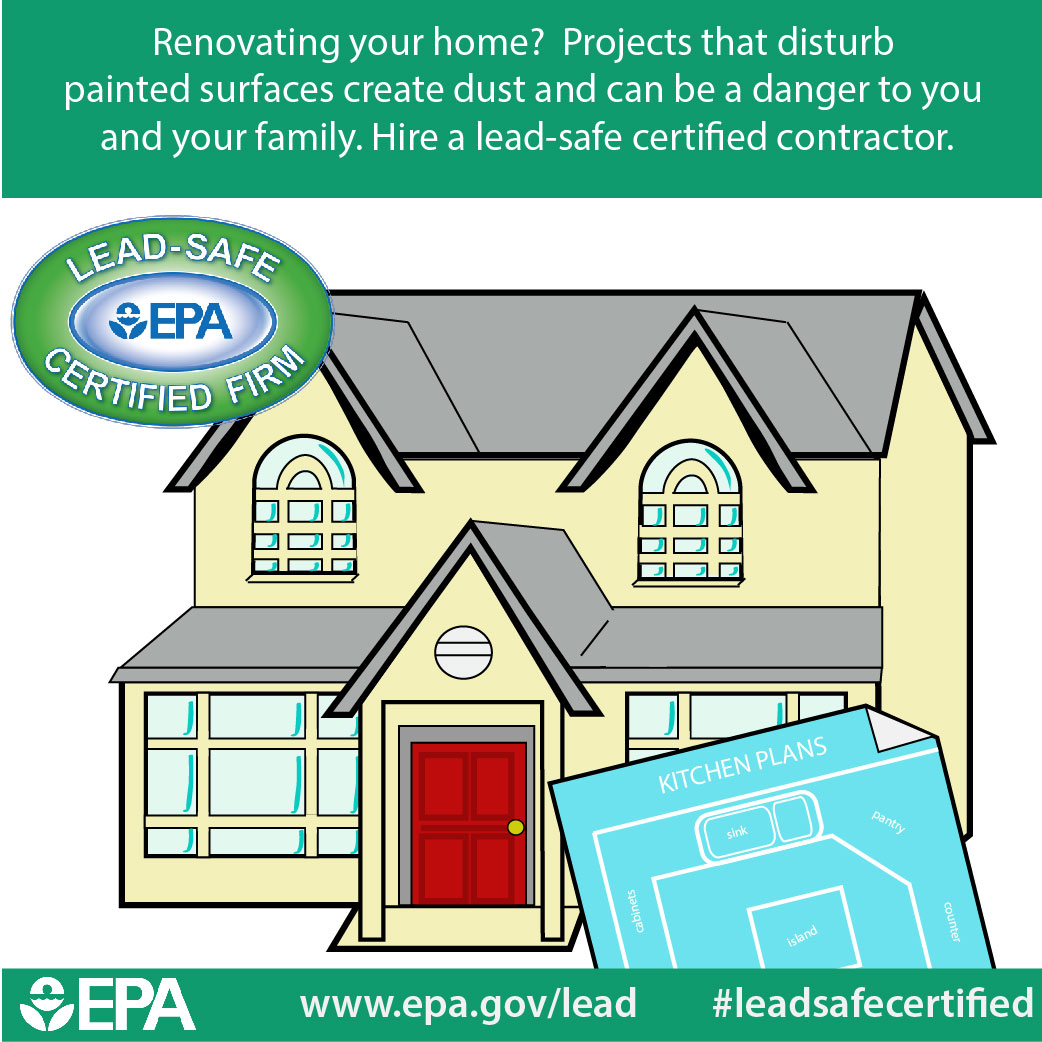Learn How Seasonal Aspects Affect Industrial External Painting Success And Find The Best Times To Make Sure Long-Term Results For Your Task
Learn How Seasonal Aspects Affect Industrial External Painting Success And Find The Best Times To Make Sure Long-Term Results For Your Task
Blog Article
Web Content Writer-Carlson Chaney
When you're planning a commercial outside paint job, seasonal factors can make or damage your outcomes. You'll wish to take into consideration how temperature level and humidity influence paint application and drying times. Choosing the ideal period can guarantee your paint adheres effectively and lasts longer. However which periods are genuinely the very best for this type of work? Allow's check out the crucial elements that can influence your job's success.
The Effect of Temperature Level on Paint Application
When you're intending a commercial outside paint project, the temperature can substantially impact exactly how well the paint adheres and dries.
Ideally, you intend to paint when temperature levels vary between 50 ° F and 85 ° F. If it's as well cool, the paint might not heal correctly, bring about concerns like peeling off or splitting.
On the flip side, if it's as well hot, the paint can dry out also rapidly, protecting against proper attachment and causing an uneven finish.
You must also consider the moment of day; morning or late afternoon uses cooler temperature levels, which can be much more desirable.
Constantly examine the manufacturer's suggestions for the specific paint you're utilizing, as they usually offer advice on the suitable temperature array for optimal results.
Moisture and Its Impact on Drying Times
Temperature level isn't the only environmental factor that affects your industrial outside painting project; moisture plays a substantial function also. High moisture levels can decrease drying times considerably, influencing the total top quality of your paint task.
When the air is saturated with dampness, the paint takes longer to cure, which can result in concerns like poor bond and a higher danger of mold growth. If you're repainting on an especially damp day, be planned for extensive wait times between layers.
It's vital to check local weather and plan as necessary. Preferably, aim for humidity degrees between 40% and 70% for optimum drying.
Keeping these factors in mind guarantees your project stays on track and delivers a lasting finish.
Best Seasons for Commercial Outside Paint Projects
What's the most effective season for your business external paint tasks?
Springtime and very early loss are typically your best choices. Throughout https://housepainternearme45544.vblogetin.com/40165019/submerse-yourself-in-a-landscape-of-vibrant-possibilities-as-we-reveal-just-how-expert-residence-painters-can-help-you-transform-your-home , temperatures are moderate, and moisture levels are frequently lower, developing excellent conditions for paint application and drying.
Avoid https://realtybiznews.com/what-to-expect-when-using-a-painting-company-for-your-new-denver/98774470/ , which can cause paint to completely dry also quickly, causing inadequate bond and surface. In a similar way, winter months's cool temperatures can impede correct drying out and healing, risking the long life of your paint work.
Aim for days with temperatures in between 50 ° F and 85 ° F for ideal outcomes. Remember to check the local weather forecast for rainfall, as wet problems can destroy your project.
Planning around these elements ensures your painting task runs smoothly and lasts much longer.
Verdict
In conclusion, planning your commercial external paint tasks around seasonal considerations can make a substantial distinction in the end result. By organizing job during the excellent temperatures and moisture degrees, you'll ensure better adhesion and drying out times. Remember to keep an eye on neighborhood weather forecasts and choose the right time of year-- spring and very early fall are your best choices. Taking these steps will certainly help you accomplish a resilient and specialist surface that lasts.
